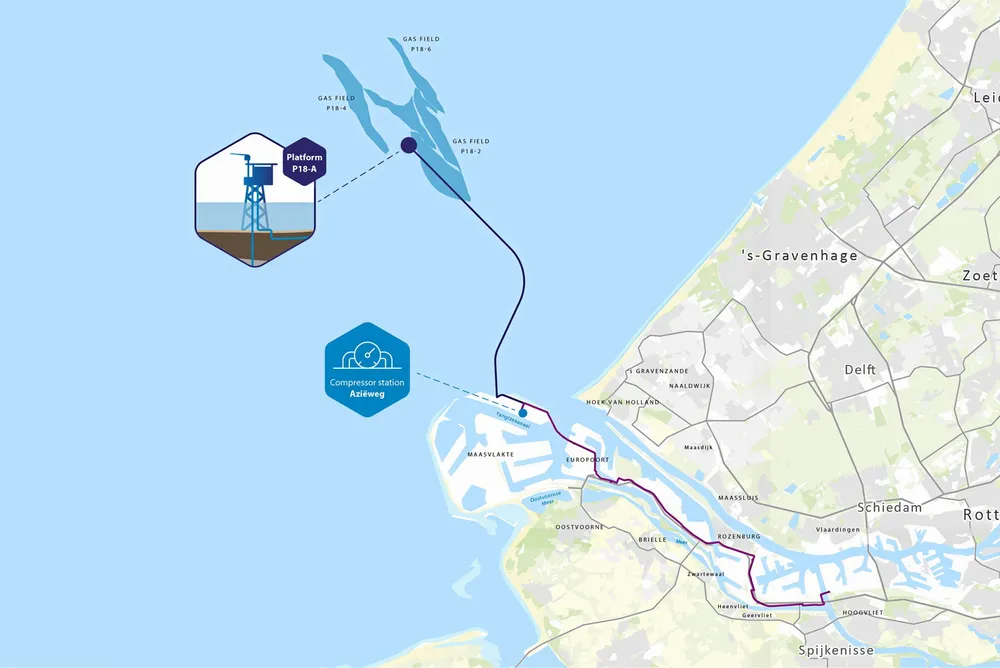'Largest in Europe' | Air Products announces blue hydrogen plant at Rotterdam linked to Dutch offshore CCS network
The US industrial gases firm will supply H2 to existing customers including ExxonMobil’s refinery

The US industrial gases firm will supply H2 to existing customers including ExxonMobil’s refinery
